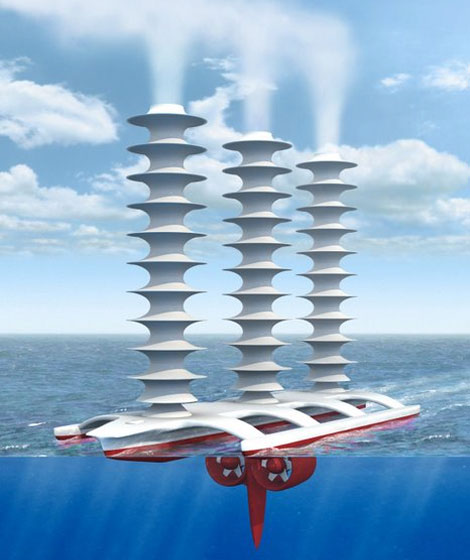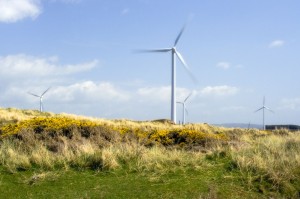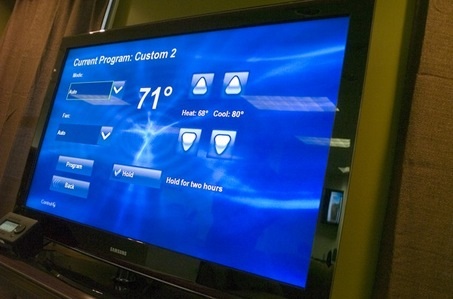Human beings have been tinkering with the environment since the invention of fire. Civilization can be seen as an unintended side-effect of humanity’s earliest geo-engineering— irrigating primordial floodplains as we moved from hunting-gatherer to agricultural societies.
Large-scale, intentional geo-engineering designed to counter-effect all the unintended consequences of our carbon-intensive energy systems are now being seriously studied.
Having spent decades battling acid rain and sulfur emissions, the idea of piping hundreds of millions of tons of sulfur into the upper atmosphere to simulate a volcanic eruption feels wrong.
Our personal favorite? The Hugo-Gernsbackian cloud-making fleets. Reflective clouds of vaporized sea-water seems a lot less toxic, and more easily reversible than mimicking volcanoes. Plus, they’re cool looking.
But should global warming pass a tipping point, and enter into a positive feedback loop, well, some of these ideas might suddenly seem more practical. Particularly to those of us living in coastal regions.
Humanity’s track record with accidentally messing-up ecosystems (the transportation of invasive species, human-caused desertification) guarantee that, should we be lucky enough to live in a geoengineered world, we will doubtless experience the apocryphal Chinese curse. Interesting times indeed.






